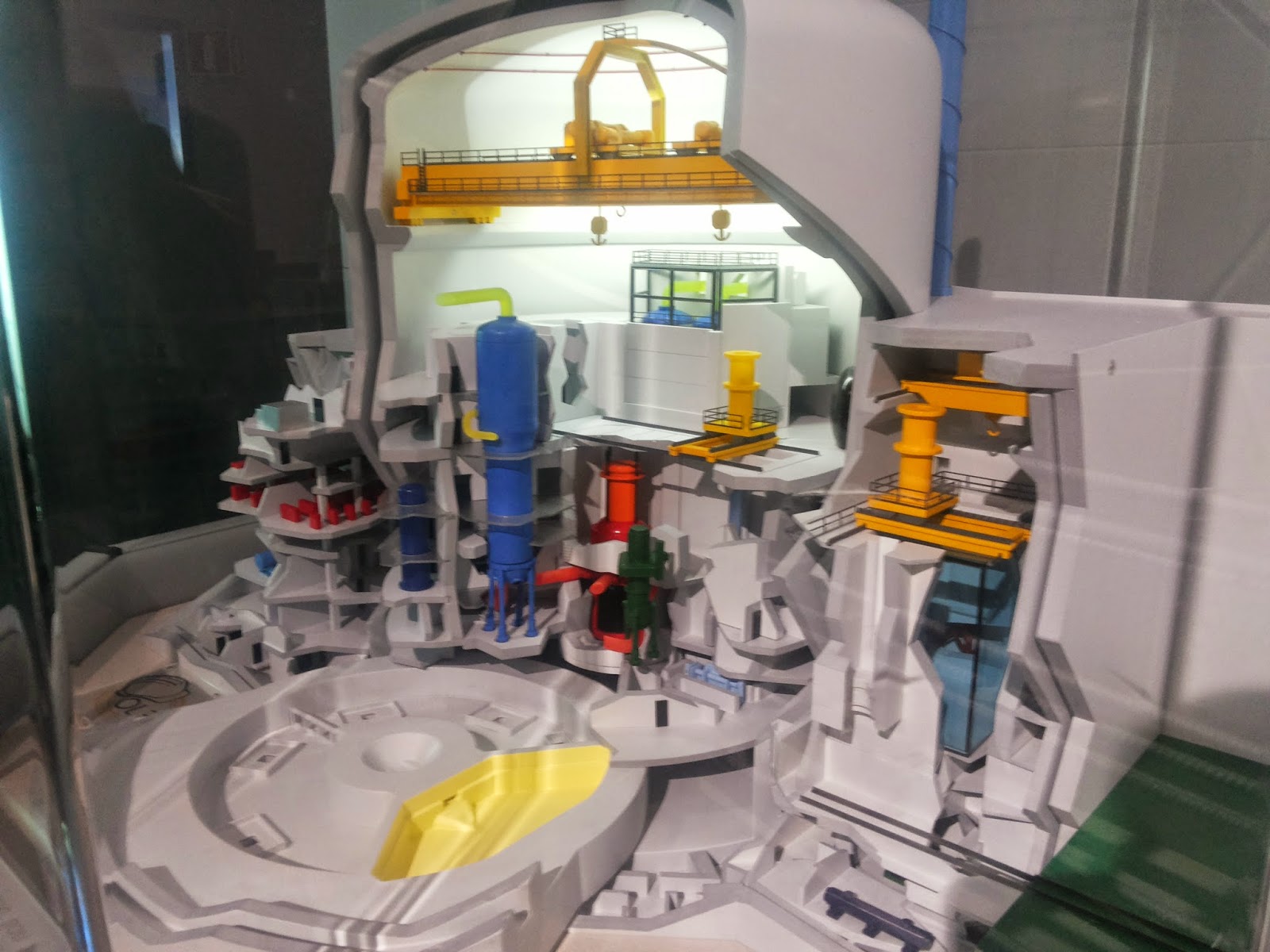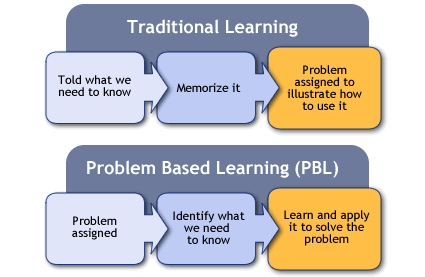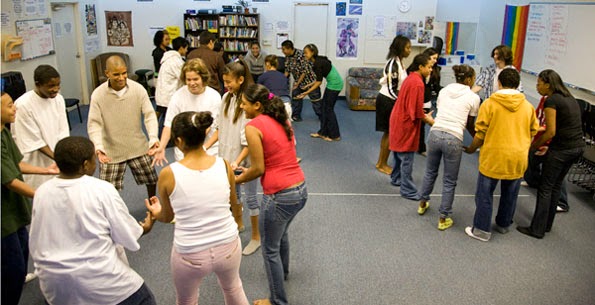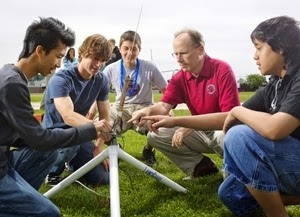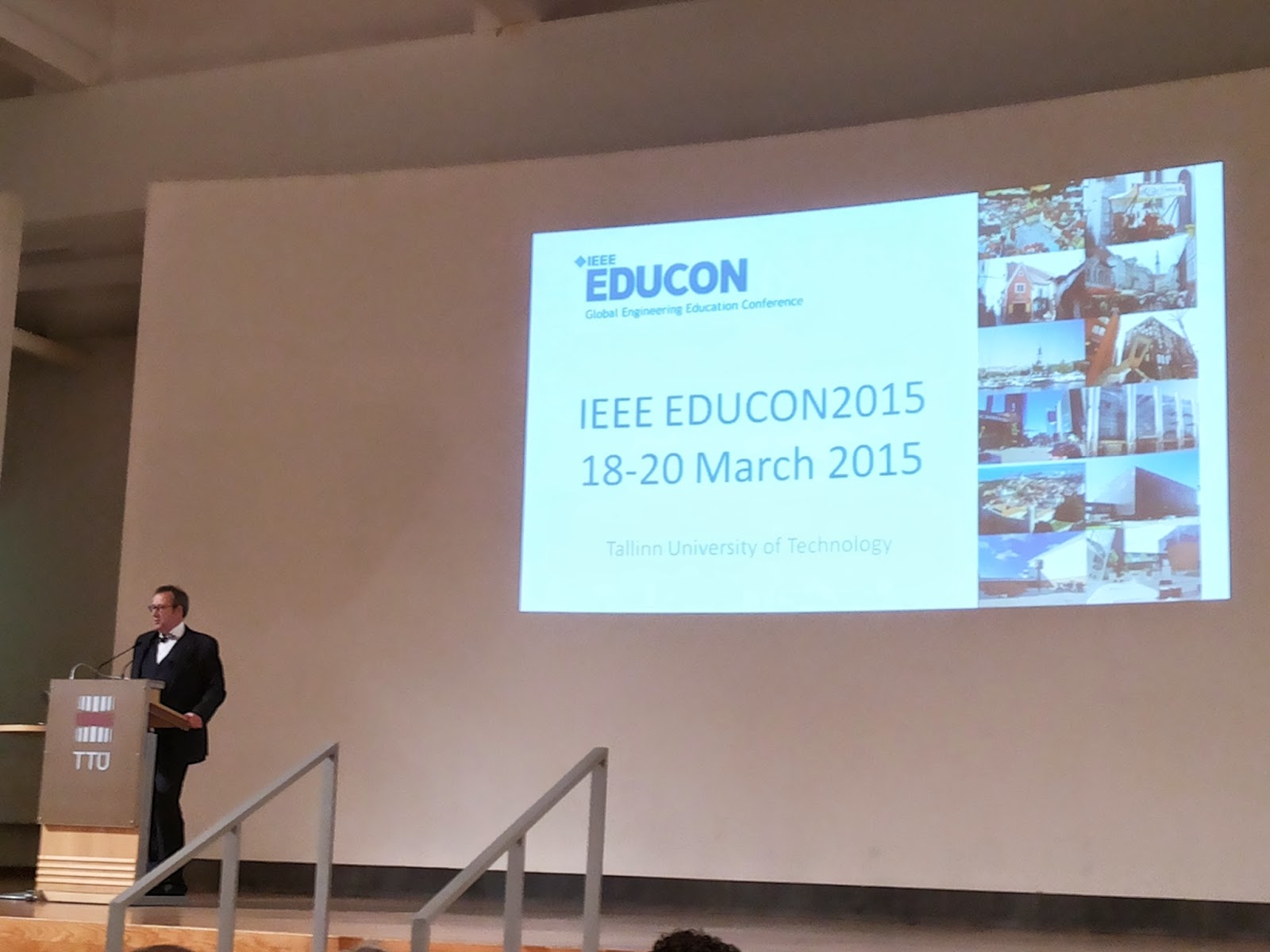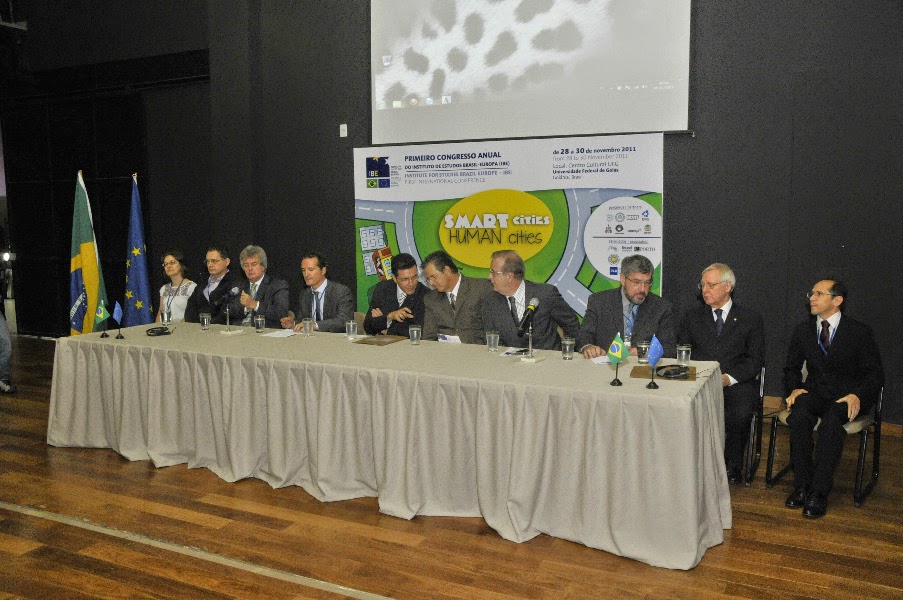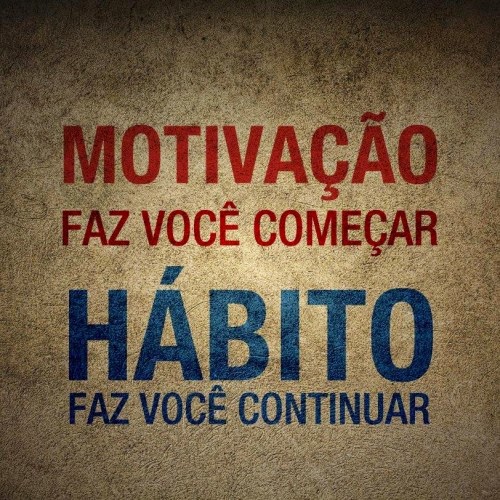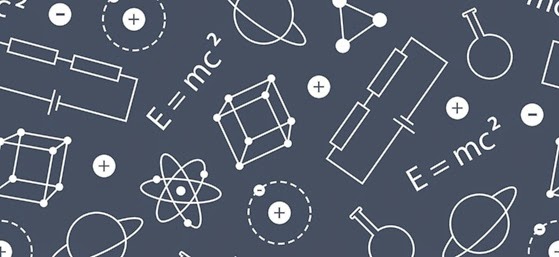Inorganic and Analytical Chemistry
Hilda Szabo
Today I had the opportunity to observe a class of Inorganic and Analytical Chemistry for the Environmental Engineering course. The teacher Hilda Szabo was very attentive and helpful when I sent an e-mail showing my interest in observe her lessons.
Before the observation begins I tried to define what I considered most important in this observation, since it was the first observation I made alone, without being accompanied by a teacher.
So I decided to look at some aspects:
- Learning environment:
How is the classroom organization? Could this organization facilitate the learning process?
- Teacher's Methods:
What is the methodology used by the teacher? Is it focused on students? Is it an activation methodology? What learning theory is present in the methodology?
- Student's behaviour:
How students behave in class? How is the participation and interest of them?
Then, after defining what aspects I would observe and the motivating questions, I headed to the classroom with thirty minutes of advance.
Before class, students were outside the room talking about the teacher and the discipline, criticizing, thinking in possible suggestions and asking why the subject is useful.
Now, try to maintain a standard in my future posts, I will answer my motivating questions rather than writing a text about the class. I believe it would be better to organize ideas.
- Subject:
Energy in the oxidation-reduction reactions (Cells and Electrolysis)
- Learning environment:
The room is organized in the traditional way. Not on individual rows, but two rows in pairs and trios in a row. It is an organization where the interaction among students is a little better than our classic organization, due to the proximity be a little higher and students can communicate with the double.
- Teacher's methods:
The teacher gave a very traditional lesson, using data projector to show pictures and exercises that have been resolved by it in class. A traditional lecture. However, despite the methodology have been quite traditional, the teacher always asks questions to pupils mainly sequential questions to stimulate them.
At the beginning of the lesson there was a brief review of the previous class, also with questions to students in order to verify if the objectives of the previous class have been achieved.
I do not see this methodology as student-centered and it is just a little activating, as students are encouraged to participate in class but always the same students participate and others are just looking and some very scattered.
The main learning theory that I see in class is behaviorism. Maybe with a little cognitivism approach due to constant questioning students.
- Student's behaviour:
Students are very euphoric at the beginning of class, talking a lot, even when the teacher was explaining the objectives of the lesson and during the review.
After reviewing the students were more attentive, but few students participate in classes, and only men took part, no woman made any questions, and the room has approximately the same amount of men and women, I found it a bit curious, I'd like to observe more subjects of this classroom with other teachers to see if participation is different.
Some students were on their phones during class or talking with colleagues on other matters.
- Final considerations:
I realize that problems with students are very close to the problems we see in Brazil, mobile phones, distraction, parallel conversation among others.
Even if some TAMK courses have a very innovative curriculum (compared to Brazil), some classes are still quite traditional, without the use of methodologies such as problem-based learning or project-based learning.
Obs .: The class ended with the fire alarm ringing and everyone quickly left the room. It was just a simulation.
Thanks for your interest in reading
Química Inorgânica e Analítica
Hilda Szabo
Hoje tive a oportunidade de observar uma aula de Química Inorgânica e Analítica para o curso de Engenharia Ambiental. A professora Hilda Szabo foi muito atenciosa e solícita quando enviei e-mail demonstrando meu interesse em acompanhar suas aulas.
Antes de realizar a observação eu tentei definir o que eu considerava mais importante nesta observação, uma vez que foi a primeira observação que fiz sozinho, sem o acompanhamento de um professor.
Então decidi que iria observar alguns aspectos:
- Ambiente de aprendizagem:
Como é a organização da sala de aula? Esta organização favorece a aprendizagem?
- Metodologia da professora:
Qual a metodologia utilizada pela professora? Ela é centrada nos estudantes? Ela é uma metodologia de ativação? Qual teoria de aprendizagem está presente na metodologia?
- Comportamento dos estudantes:
Como os estudantes se comportam em sala de aula? Como é a participação e interesse dos mesmos?
Então, após a definição de quais aspectos eu iria observar e com as perguntas motivadoras, me encaminhei para a sala de aula com trinta minutos de antecedência.
Antes da aula, os alunos estavam do lado de fora da sala conversando sobre a professora e a disciplina, fazendo críticas, possíveis sugestões e se perguntando para que a disciplina era útil.
Agora, para tentar manter um padrão em minhas futuras postagens, irei responder às minhas perguntas motivadoras ao invés de escrever um texto sobre a aula. Acredito que assim irei organizar melhor as ideias.
- Tema da aula:
Energia nas reação de oxi-redução (Pilhas e Eletrólise)
- Ambiente de aprendizagem:
A sala é organizada de forma bem tradicional. Não em filas individuais, porém duas filas em duplas e uma fila em trios. É uma organização onde a interação entre os estudantes é um pouco melhor que a nossa organização clássica, devido à proximidade ser um pouco maior e os estudantes podem se comunicar entre as duplas.
- Metodologia da professora:
A professora deu uma aula bem tradicional, utilizando datashow para mostrar imagens e exercícios que foram resolvidos por ela em sala. Porém, apesar da metodologia ter sido bastante tradicional, a professora sempre faz perguntas aos alunos, sequências de perguntas para estimular o raciocínio dos mesmos.
No início da aula houve uma pequena revisão da aula anterior, também com perguntas aos estudantes de forma a verificar se os objetivos da aula anterior foram atingidos.
Não vejo a metodologia centralizada nos estudantes e ela é pouco ativadora, pois os estudantes são estimulados a participar da aula mas sempre os mesmos participam e outros ficam apenas olhando e alguns muito dispersos.
A principal teoria de aprendizagem que vejo na aula é o comportamentalismo. Talvez com uma pequena abordagem cognitivista devido aos constantes questionamentos aos alunos.
- Comportamento dos estudantes:
Os estudantes ficam muito eufóricos no início da aula, conversando muito, mesmo quando a professora estava explicando os objetivos da aula e durante a revisão.
Após a revisão os alunos ficaram mais atentos, porém poucos alunos participam das aulas, e apenas os homens participaram, em nenhum momento da aula uma mulher fez algum questionamento, e a sala possui aproximadamente a mesma quantidade de homens e mulheres, achei isto um pouco curioso, gostaria de observar mais aulas desta turma, com outros professores para ver se a participação é diferente.
Alguns alunos ficaram em seus telefones durante a aula ou conversando com os colegas sobre outros assuntos.
- Considerações finais:
Percebo que os problemas com alunos são bem próximos dos problemas que vemos no Brasil, celulares, distração, conversa paralela entre outros.
Mesmo que alguns cursos em TAMK possuam um currículo bastante inovador (comparando ao Brasil), algumas aulas ainda são bastante tradicionais, sem a utilização de metodologias como problem-based learning ou project-based learning.
obs.: A aula terminou com o alarme de incêndio tocando e todos saindo rapidamente da sala. Era apenas uma simulação.
Obrigado pelo interesse em ler.
Bruno Pereira Garcês

















